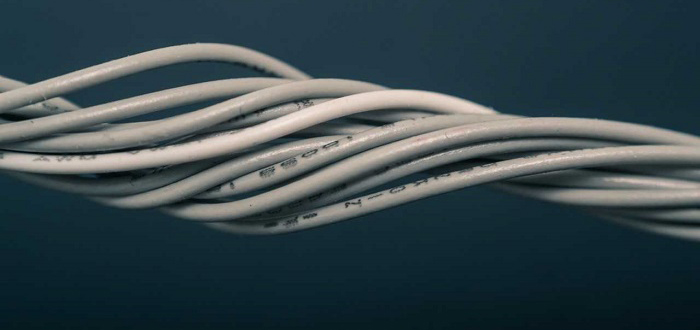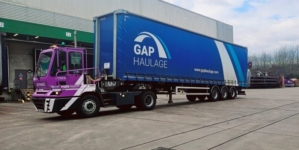-
Nutrivend selects Forterro’s Orderwise to support online expansion and streamline operations - April 11, 2025
-
ARROWXL LAUNCHES AMBITIOUS ZERO WASTE ROADMAP - April 8, 2025
-
THE BCMPA’S NEW CAMPAIGN DRIVES OUTSOURCING SUCCESS IN Q1 - April 7, 2025
-
BLACKOUT TECHNOLOGIES TARGETS TELEMATICS-INTEGRATED MOBILE DEVICE BLOCKING TO COMBAT SMARTPHONE DISTRACTION - April 1, 2025
-
Sparck Technologies awarded Royal designation - March 27, 2025
-
OpenADR Alliance announces first OpenADR 3.0 certified products with EVoke Systems, E.ON Energy and Universal Devices - March 25, 2025
-
Growing fulfilment and contract packer appoints new Managing Director - March 25, 2025
-
When is it time to invest in a WMS? Understanding the key trigger points - March 25, 2025
-
eCapital helps Vantage Recruitment on its journey to financial success - March 24, 2025
-
Hugo Beck Celebrates 70 Years of Packaging Innovation with Open House Events - March 20, 2025
Business Broadband Jargon Buster
The world of computing and data solutions can be a very confusing place, especially if you’re not totally tech savvy. Here’s a brief guide to just a few of the terms that most commonly cause confusion for those with only limited IT knowledge.
FTTC
FTTC, or ‘Fibre To The Cabinet’, is a broadband Internet telecoms service that uses fibre from the telecom provider’s core network to your nearest distribution point or cabinet – the roadside box from which the fibre is delivered to your premises. FTTC is capable of delivering 76 Mbps download, but speed is impacted by the length of the connection between your premises and the cabinet.
FTTP
FTTP, or ‘Fibre To The Premises’, is a broadband Internet telecoms service that uses fibre from the telecom provider’s core network to the terminating premises. It is a fast growing way of getting affordable fibre to your business. FTTP uses the telecom carrier’s fibre network to transport data long haul, meaning a fibre line connects your local distribution point directly to your business.
VOIP
VoIP stands for voice over Internet protocol, meaning voice calls via a data link. Well-known examples of VoIP include Facetime, Skype and WhatsApp. VoIP can lower cost calls over the Internet, and users won’t be able to tell the difference between a VoIP call and a call over a traditional landline. VoIP also allows you to appear as if you are in the office when you’re not.
Leased Line
A leased line is a fibre data circuit that connects two or more locations for a monthly rental charge. It’s a dedicated service, so your business does not share the bandwidth with other businesses. The bandwidth is symmetric, which means you get the same upload and download speed e.g. 50Mbps upload & 50Mbps download. The service operates over fibre optic lines which means you can get speeds in excess of 10Gbps to support your business demands.
SD WAN
An SD WAN, or ‘software-defined wide area network’, intelligently routes network traffic across the wide area network. This is provided by utilising edge SD WAN routers and an SD WAN controller, which automatically determine the best way to route traffic over the wide area network. One of the main characteristics of the software defined WAN is the ability to manage data traffic over different types of network access such as DSL, Ethernet, Fibre and even 4G.
ABOUT THE AUTHOR
Nathan Hill-Haimes is founder of Amvia, a privately-owned, voice, data and cloud application provider based in Sheffield, UK which supplies services to companies of all sizes. Amvia was founded to bring together some of the most experienced and talented UK telecoms professionals, and now handles billions of data packets a day whilst still making customers its key focus. For more information, please visit www.amvia.co.uk
































